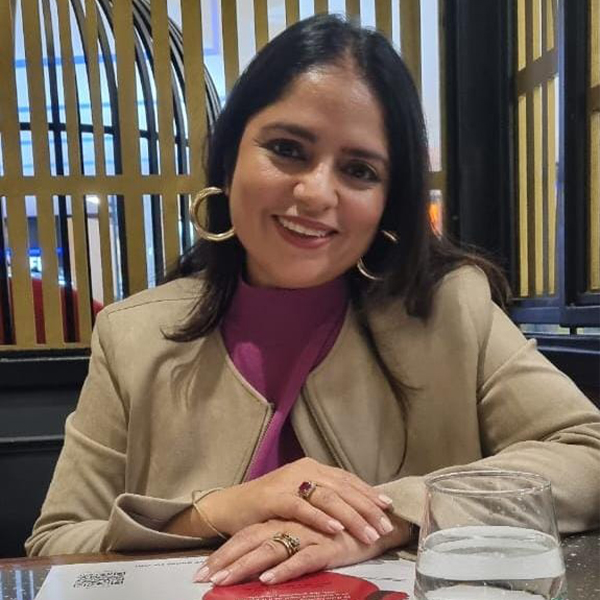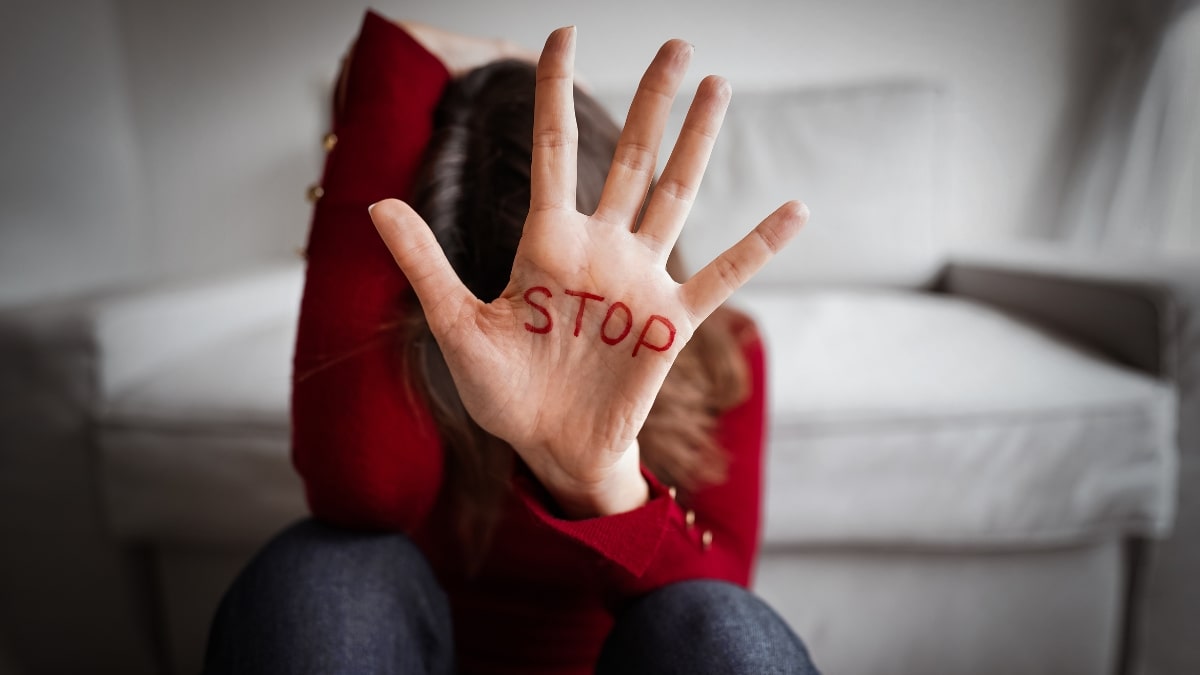What is Sexual Harassment? Sexual harassment is a health issue all over the world which affects the human life. Using prevention programs is complex, not requiring evidence-based practices and ethical standards, collaboration with local and non-government organizations.
Sexual harassment is unwelcome sexual advances, requests for sexual favors, and verbal or physical conduct of a sexual nature. Sexual harassment can happen anywhere in college, school, workplaces, etc. It can also be sex-oriented comments or jokes, requests for a date, etc which a person does not like. Sexual harassment includes the following:
- Sexual assault, rape, or attempted rape
- Undue pressure for sexual favors
- Unnecessary deliberate pinching, leaning, or touching
- Unwanted sexual gestures
- Unwanted phone calls, letters, and materials of sexual nature
Note: Other than the above-mentioned examples of sexual harassment, many other situations also cause sexual harassment.
What is sexual harassment prevention?
Above mentioned scenarios and various other factors, create the need for online POSH training.
This is the ultimate need to keep the workplace culture safe and promote a cultured environment. It is an international problem and happens most with migrants, LGBTI, etc.
Prevention of Sexual Harassment (POSH) at the Workplace Act is an Indian Act that is one of the examples of prevention of sexual harassment at the workplace.
International perspectives on sexual harassment prevention
To overcome this problem, it is essential to know the international perspectives on sexual harassment prevention. Here are some noteworthy actions taken by international organizations:
- Inter-Agency Standing Committee
- IASC Six Core Principles relating to SEA.
- United Nations-Preventing Sexual Exploitation and Abuse.
- United Nations Office of the Victims’ Rights Advocate
UNICEF
UNICEF takes responsibility to tackle all forms of sexual harassment. It refers to actual or attempted abuse for sexual purposes happened by aid workers against families and children. Read more about UNICEF role on sexual harassment:
- It occurs in almost parts of the world. A child is subject to sexual harassment at home, school or in the community. Go through about the UNICEF’s work:
- Sexual Exploitation and Abuse: UNICEF operates in emergency and in non-emergency situations. People trust development workers to protect them. The majority is to do with professionalism and integrity.
- Some of the aid workers abuse their position through sexual harassment depends on children. Such acts violate the criminal laws.
- UNICEF ensures that nobody should be harmed of personnel, partner or with their associates.
- UNICEF prohibits the sexual harassment and abuse by applying the Inter-Agency Standing Committee’s Six Core Principles.
- The organization tries to tackle the sexual exploitation and abuse to improve the safety of the people especially in work settings where there is high risk of sexual exploitation and abuse.
AIM of international agencies for sexual harassment prevention
The goal of sexual harassment prevention is zero victims of sexual abuse and exploitation, however, sexual violence is everywhere. It is hard to believe that there are various unreported case than reported cases. Thus, it becomes important to protect those who report, assist victims, and to address the individual accountability. While UNICEF protects the confidential case and check the transparency tackling the sexual exploitation and sexual harassment, including the challenges people come across.
Other than UNICEF, other international agencies such as WHO, UN Women, and UNESCO also help to prevent the sexual violence cases globally. Another objective of these agencies is to highlight the level of prevention targeted by these organizations.
Strategies to prevent sexual harassment
To prevail safe and sound environment at the workplace, the organization runners must take the suitable measures. Some of these are as follows:
- Start a Sexual Harassment Policy.
- Give Sexual Harassment training to all the employees at different levels
- Begin the proper Reporting Process in the workplace
- Give the training the employees to serve as Bystanders
- Ethics training is a Must
- Take complaints seriously
- Take appropriate action against the Culprit
Conclusion
Overall, all the international guidelines are limited to primary and tertiary prevention and not dedicated to sexual violence. In addition to this, all the organizations have developed idiosyncratic prevention strategies of health and found across the organizations including socio-economic inequalities, and life skills training.
It is concluded that despite of the effectiveness of the approach preventions were never addressed such as helpline numbers for sexually harassed people.

Ramanjeet Kaur is a Life Skills and Behavioural Trainer. Her journey to becoming an entrepreneur and starting her career as a trainer in the education industry is an inspiring revelation. She was always passionate about teaching profession from her childhood and started mentoring young kids to develop their personalities.

